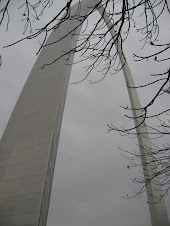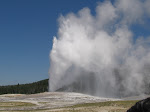 This first picture is looking at Elizabeth Lake fromPtarmigan Tunnel. It was taken in July of 1984.
This first picture is looking at Elizabeth Lake fromPtarmigan Tunnel. It was taken in July of 1984.Source: US Geological Survey Photographic Library. Glacier National Park. Retrieved on April 13, 2008 from href="http://libraryphoto.cr.usgs.gov/
cgi-bin/search.cgi?seach_mode=exact;selection=Glacier%20
National%20Park%7CGlacier%20National%20Park;
start=400">
 This picture is one I took last summer, at the same location.
This picture is one I took last summer, at the same location. This picture was taken in 1901 at Avalanche Lake. Source: US Geological Survey Photographic Library. Glacier National Park. Retrieved April 13, 2008 from href="http://libraryphoto.cr.
This picture was taken in 1901 at Avalanche Lake. Source: US Geological Survey Photographic Library. Glacier National Park. Retrieved April 13, 2008 from href="http://libraryphoto.cr.usgs.gov/cgi-bin/search.
cgi?seach_mode\=exact;
selection=Glacier%
20National%20Park
%7CGlacier%20National%
20Park;start=775">

This picture, taken last summer, is of the same rock wall around the lake.
It is interesting to see how little this particular area has changed over the years. Although, with this last set, the rock seems to have worn down some over the last 100 or so years. Without this electronic photography archive, I might never have seen any of the pictures in the US Geological Survey's Library.





1 comment:
Yes the Web makes finding everyday trivial information easy, but to find creditable research information the library OPAC is still the best. Librarians do find and add web address of sites that patrons need to their OPAC. I have never done this, but know that before I graduate I need to take courses that teach this. Computers and the Web are here to stay and libraries need to use them effectively to help patrons.
Post a Comment